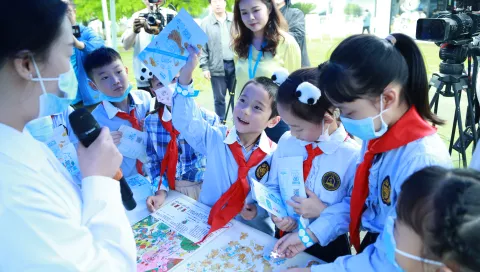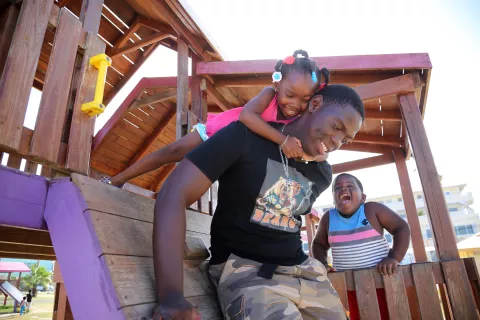The return on investment for the prevention and treatment of obesity
a modelling study in China
Highlights
Background The rapid increase in child and adolescent overweight and obesity (OAO) in China has a significant health and economic impact. This study undertook an investment case analysis to evaluate the health and economic impacts of child and adolescent OAO in China and the potential health and economic returns from implementing specific policies and interventions.
Methods The analysis estimates the reduction in mortality and morbidity from implementing a set of evidence-based interventions across China between 2025 and 2092 using a deterministic Markov cohort model. Modelled interventions
were identified by literature review and expert recommendation and include fiscal and regulatory policies, eHealth breastfeeding promotion, school-based interventions, and nutritional counselling by physicians. The study applies a societal costing perspective to model the economic impact on healthcare cost savings, wages, and productivity during
adulthood. By projecting and comparing the costs between a status quo scenario and an intervention scenario, the study estimates the return on investment (ROI) for interventions separately and in combination.
Findings Without intervention China will experience 3.3 billion disability-adjusted life years (DALYs) due its current levels of child and adolescent OAO and a lifetime economic impact of CNY 218 trillion (USD 31.6 trillion), or a lifetime CNY 2.5 million loss per affected child or adolescent (USD 350 thousand). National implementation of all
five interventions would avert 179.4 million DALYs and result in CNY 13.1 trillion of benefits over the model cohort’s lifetime. Implementing fiscal and regulatory policies had the strongest ROI, with benefits accruing at least 10 years after implementation. Scaling up China’s current school-based interventions offers China significant health
and economic gains, however, the ROI is lower than other modelled interventions.
Interpretation Effective prevention and treatment of child and adolescent OAO is critical to China’s health and economic development. Multiple interventions offer a comprehensive approach to address the various factors that increase risk of
child and adolescent OAO. Nonetheless, fiscal and regulatory policies offer the strongest health and economic gains.
Funding Funding was provided by UNICEF China.





